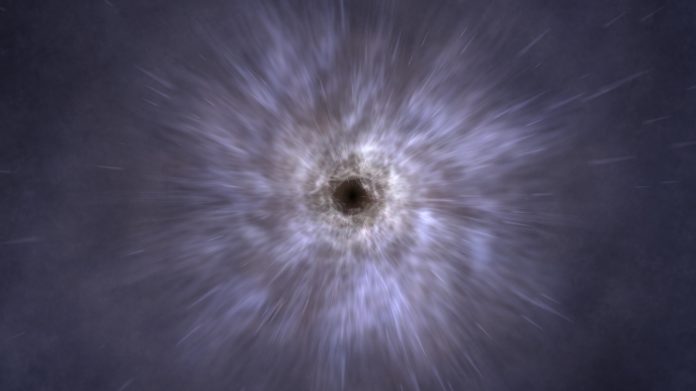In a unique cosmic event, scientists have detected a burst of gamma rays originating from a rare magnetar in the nearby galaxy M82
This discovery was made possible by ESA’s INTEGRAL satellite and following observations by XMM-Newton, displaying the behaviour of these objects.
The burst, lasting a tenth of a second, was identified by the INTEGRAL Science Data Centre (ISDC) at the University of Geneva, Switzerland, which alerted astronomers worldwide.
Gamma Ray burst in M82
Unlike typical gamma-ray bursts from distant corners of the universe, this event originated from M82, a galaxy located 12 million light-years away.
“We immediately realised that this was a special alert. Gamma-ray bursts come from far away and anywhere in the sky, but this burst came from a bright nearby galaxy,” said Sandro Mereghetti of Italy’s National Institute for Astrophysics.
Following the INTEGRAL detection, researchers went to ESA’s XMM-Newton telescope to search for any afterglow from the burst. However, after X-ray and optical observations, they failed to reveal any traces typically associated with short gamma-ray bursts caused by cosmic collisions.
What are magnetars?
The absence of expected signals led scientists to conclude that the burst was likely generated by a magnetar, a type of neutron star with a very intense magnetic field.
Magnetars are remains of massive stars and can radiate powerful flares of energy sporadically.
“When stars more massive than eight times the Sun die, they explode in a supernova that leaves a black hole or neutron star behind,
“Neutron stars are very compact stellar remnants with more than the mass of the Sun packed into a sphere with the size of the Canton of Geneva,” explained Volodymyr Savchenko of the University of Geneva.
Magnetar flare outside of the Milky Way
This discovery marks the first confirmed magnetar flare outside of the Milky Way galaxy. The proximity of M82, a galaxy known for its vigorous star formation, suggests that magnetars likely form in these dynamic stellar nurseries.
“The discovery of a magnetar in this region confirms that magnetars are likely young neutron stars,” added Savchenko.
This shows the role INTEGRA plays in the wider field of view, it can capture rare cosmic events. Rapid data processing and international collaboration were also essential in confirming the nature of this event. Astronomers will continue to explore the distant galaxies for magnetars.











